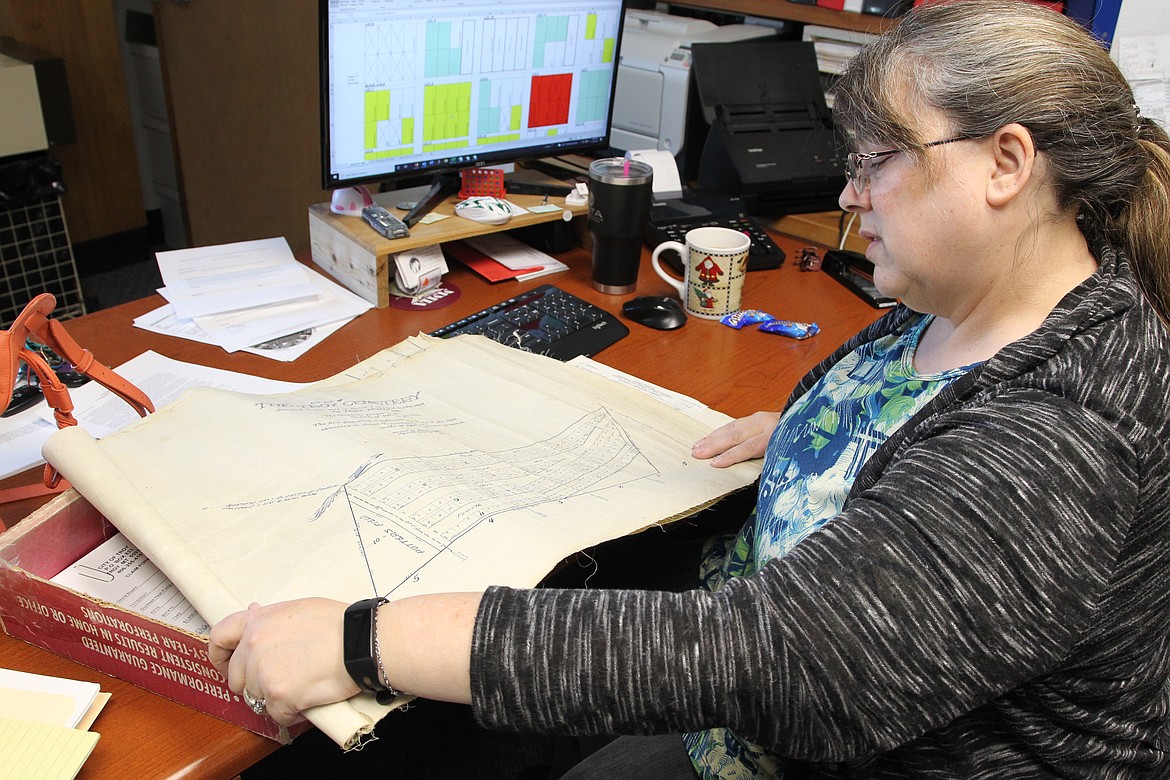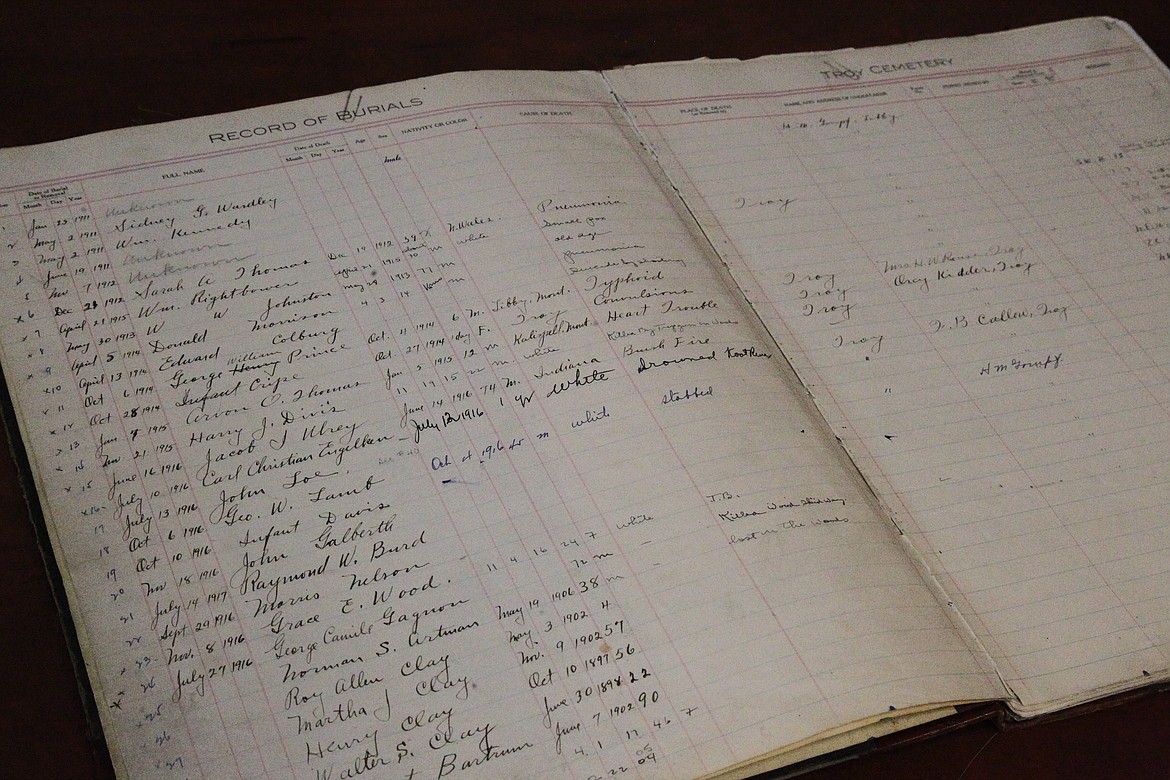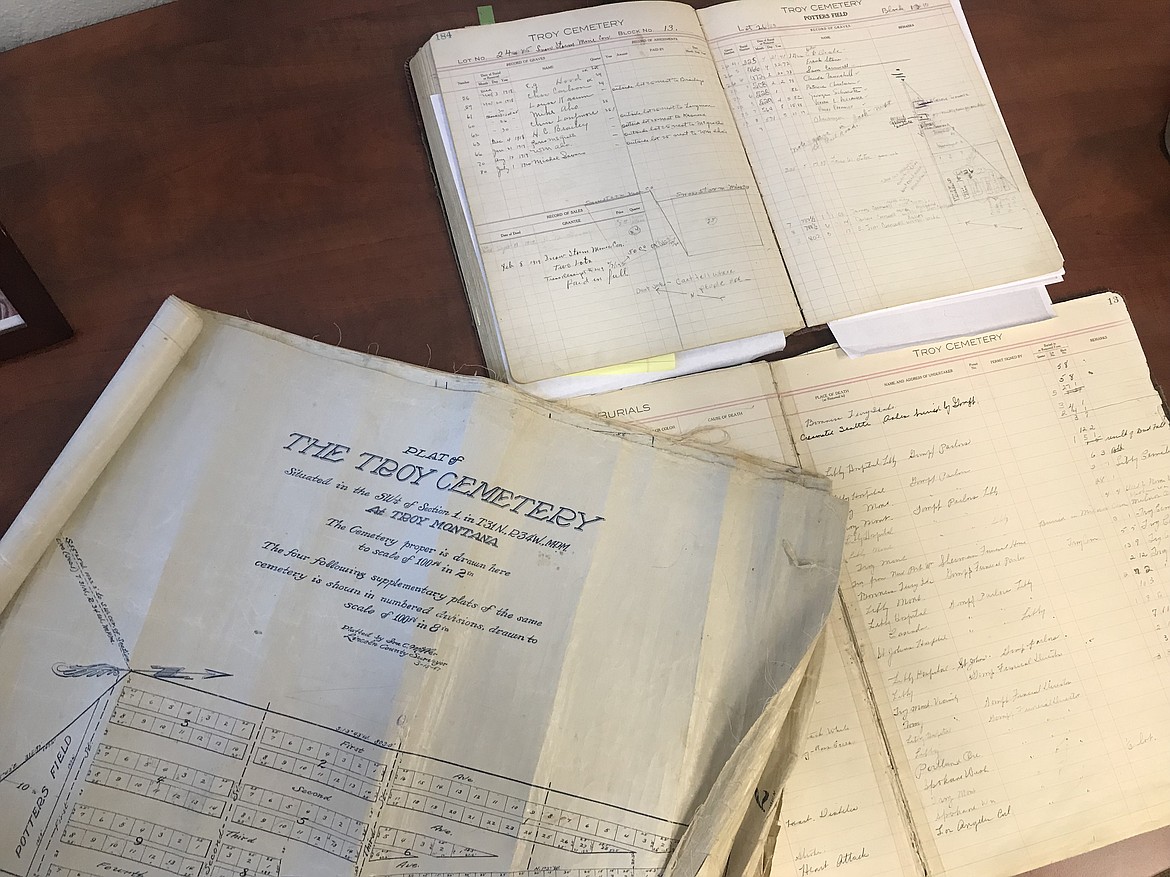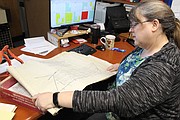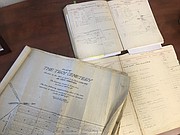Cracking open Troy's book of the dead
Few details remain about the life of Norman S. Artman beyond a single line entry on his death in a neatly ruled book in Troy City Hall. ...
Become a Subscriber!
You have read all of your free articles this month. Select a plan below to start your subscription today.
Already a subscriber? Login


